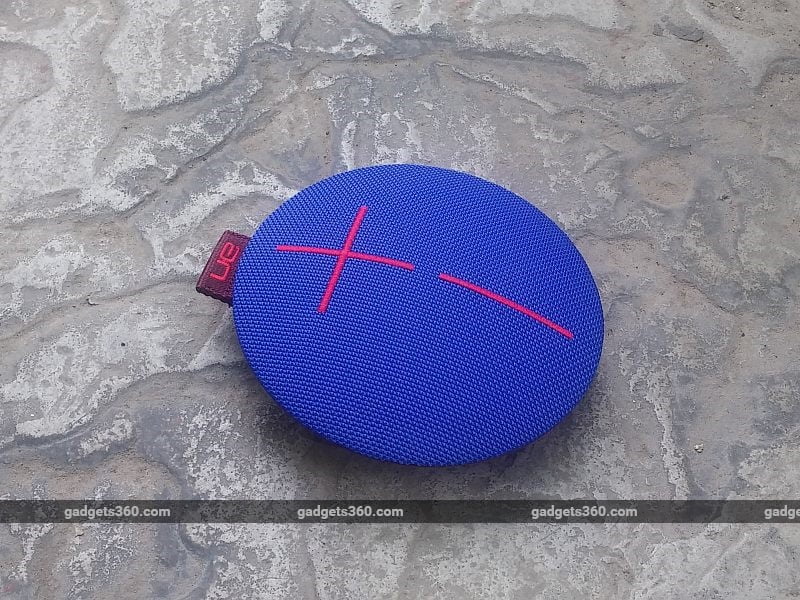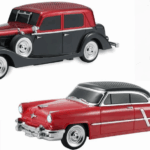
You may remember that we wrote a blog post about how fine chocolate ISN’T like wine, craft beer and specialty coffee. If you haven’t read the post yet, you can read it here. Or, for a quick summary, fine chocolate is frequently compared to these industries because they are all luxury or specialty products that consumers are increasingly interested in and willing to pay more for. The fine chocolate industry can take many of these industries’ similarities and lessons from them. But there’s one critical difference – chocolate is a food that most people (particularly in North America and Europe) grow up eating as children, whereas coffee, beer and wine are products that most people don’t consume very much until they are adults. So our challenge in the fine chocolate industry when it comes to both educating and marketing to consumers doesn’t simply involve selling them a product, it involves helping them to relearn what they think of as chocolate. We also offer some marketing tips in that article too – again, you can find it here.
We believe that this crucial distinction can assist our marketing and education efforts as our industry expands and works toward the common objective of educating consumers on the benefits of purchasing fine chocolate over mass-market chocolate. If we want to help customers distinguish between mass-market chocolate and “fine” chocolate and convince them to open their wallets and spend more, perhaps the first step is to meet them where they are. Meeting chocolate consumer where they are, and bringing them along with us
At a recent FCIA meeting, Etienne Patout, CEO of Theo Chocolate, spoke on a panel about consumer education. He said that Starbucks didn’t start with fancy lattes and frappuccinos®; instead, they met customers where they were: with drip coffee. Once they had their hearts and wallets with drip coffee, they gradually brought them along into the world of espresso based drinks. Eventually, people were happily paying $5 or more EVERY DAY for something that used to cost $2 or less.
On the same panel, Brad Kintzer from TCHO Chocolate mentioned that their best seller is a dark chocolate bar with almonds and sea salt. It’s not one of their fanciest bars, it doesn’t have the most unique flavor profile, but people love it. It probably tastes similar to the hunks of chocolate bark that they grew up eating as kids, but better! It’s an “entry” chocolate, it’s approachable, and it helps them appreciate a chocolate bar with high quality ingredients in a familiar context.
“Chocolate makers make chocolate to impress other chocolate makers” was another recent comment made by a colleague in the industry at the Northwest Chocolate Festival. Sadly, I am unable to recall who said it, but I found it to be such an intriguing point. Are we actually making products that consumers want? Are we focusing on the details that they actually care about? Maybe this is the time that we need to pause and take stock of where we are.
Please don’t misunderstand our point – we love a 70% single origin chocolate bar that has coaxed the perfect delicate flavor balance out of the beans. Comparing bars of similar percentages from different origins is a great way to showcase the different flavor profiles that a chocolate bar can have. There are chocolate makers creating beautiful chocolates, and we don’t take anything away from them at all. They should be celebrated for turning a product with so much positive childhood association into something that can be enjoyed on a whole new level in adulthood.
However, if the average person in the United States believes that mass-market chocolate bars are the best, then perhaps a 70% single origin bar is not the best place to begin educating them about fine chocolate? Returning briefly to the Starbucks example, do we force people to drink lattes and frappuccinos® when we should be serving drip coffee to meet them where they are? Especially considering that they have happily consumed milk chocolate mass-market chocolate bars—also known as drip coffee—since they were young children? As an industry, we must continue to educate consumers about the flavor difference and farmer benefits in order to attract customers to our products. But maybe making chocolate so serious, making people feel like they need a degree to enjoy it, isn’t the way to approach changing their perception of something that they associate with childhood pleasure? Perhaps they don’t care about tasting flavor notes, they just want to enjoy a chocolate bar without having to think too much about it? And perhaps in the pursuit of trying to communicate with consumers and educate them about how we are different from mass market chocolate, we’ve unintentionally alienated some customers?
There are some who might argue, “Then those people aren’t my customers”. Okay, that’s true; that’s certainly one perspective. But what if you were able to turn those individuals into customers? If craft chocolate makers are to survive, they have to sell product, it’s as simple as that.
We offer this as food for thought. Also, let’s think about making products that meet customers where they are and take them along for the ride.










